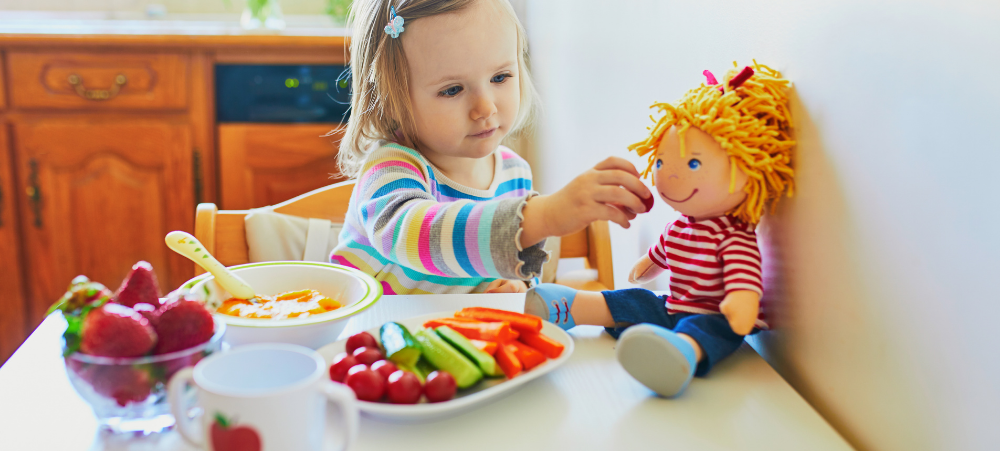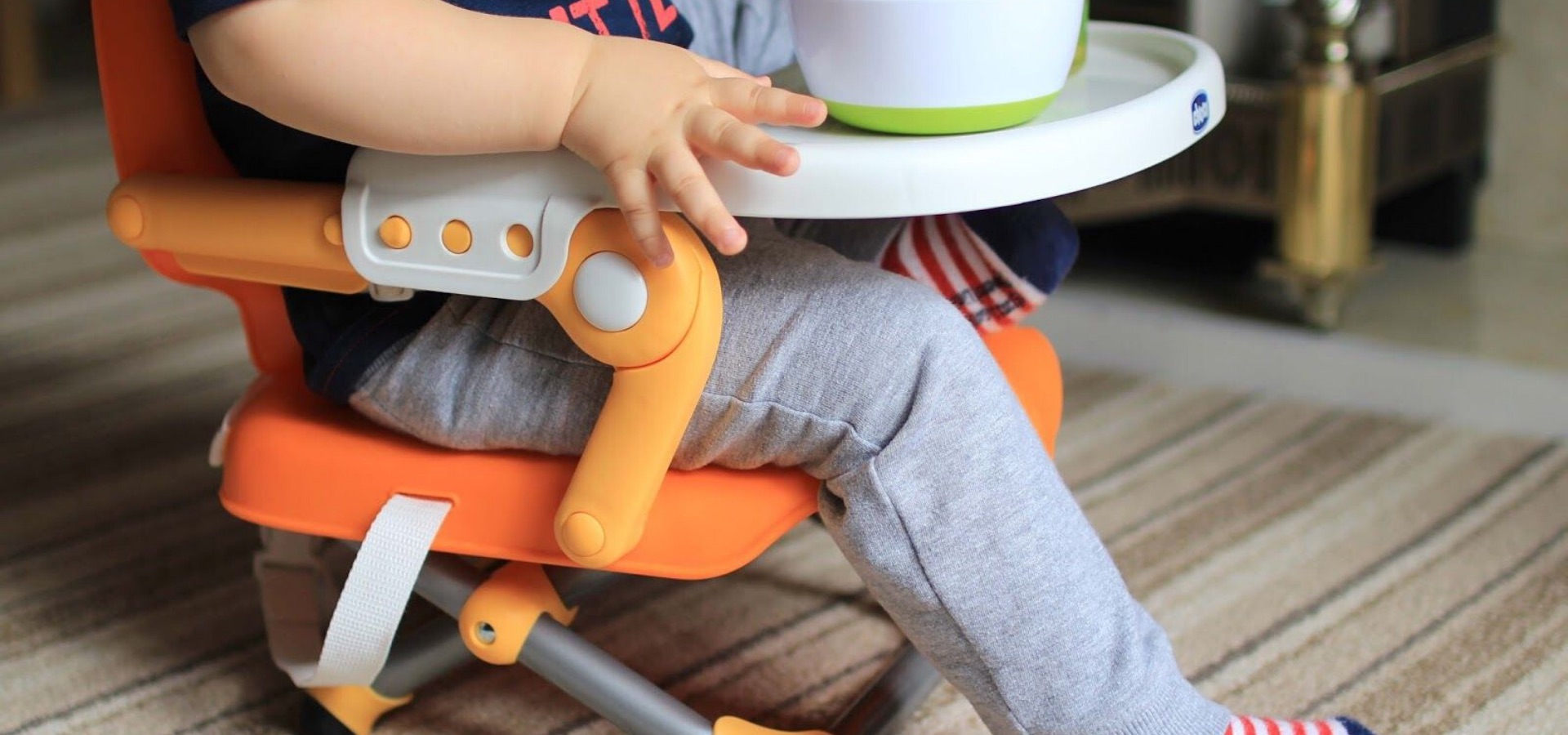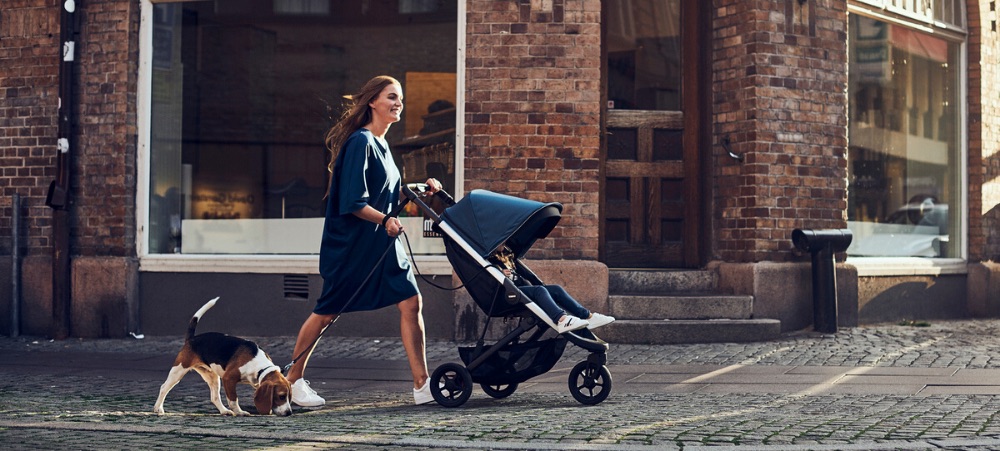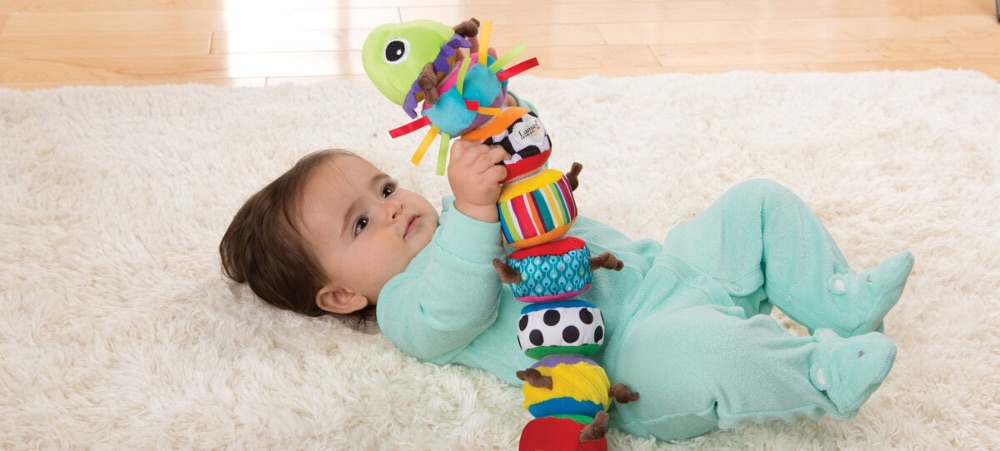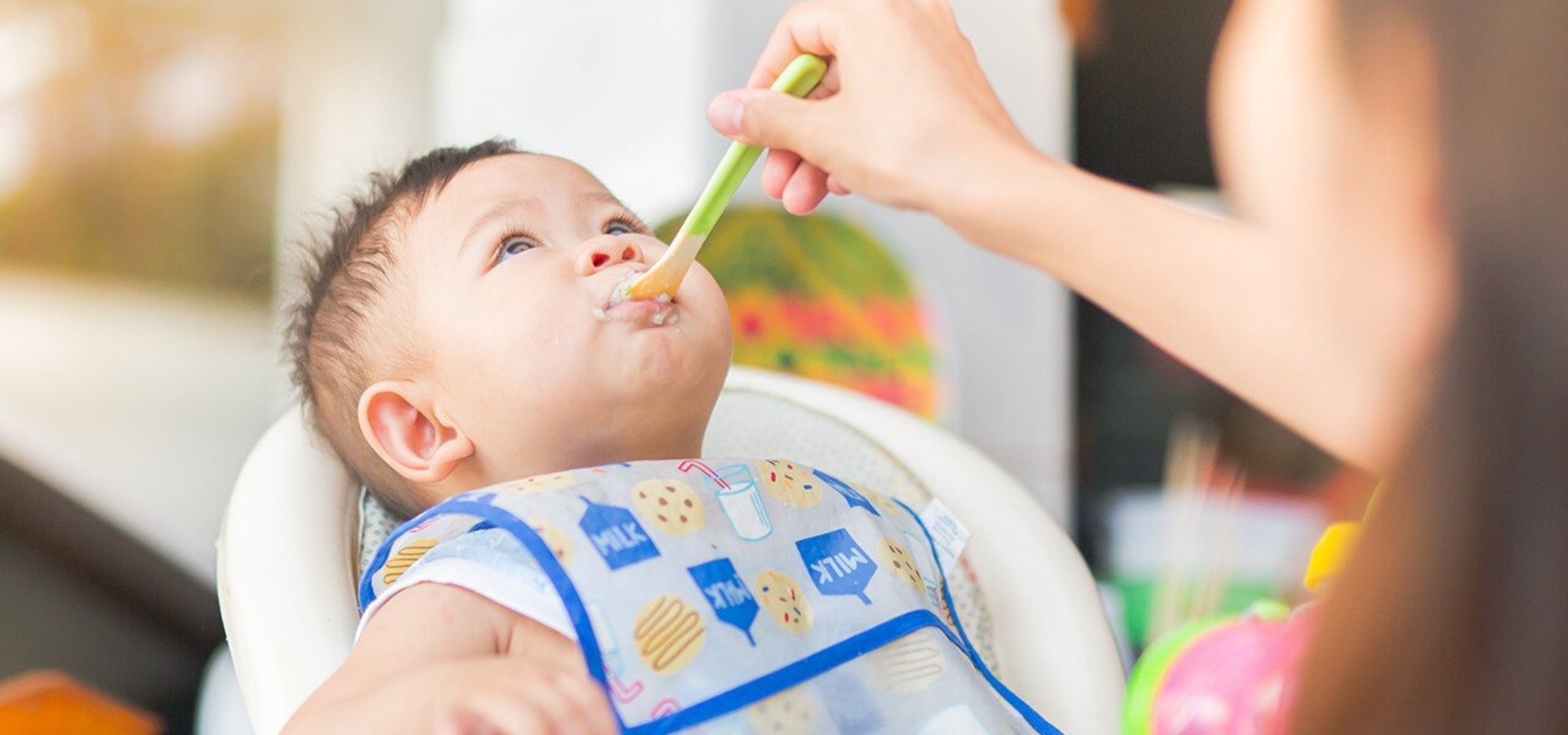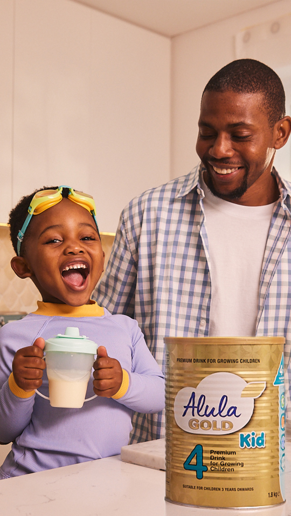
Going Viral: Is It COVID-19 Or Something Else?
With COVID-19 following us into winter we are going to have many more other viruses to worry about. Viruses that cause the common cold and Influenza are going to peak over the next few months. Since many of these respiratory illnesses share common symptoms it can become confusing trying to figure out which virus is responsible for your symptoms and even cause you to panic unnecessarily every time you get a tickle in your throat thinking it’s Corona.






